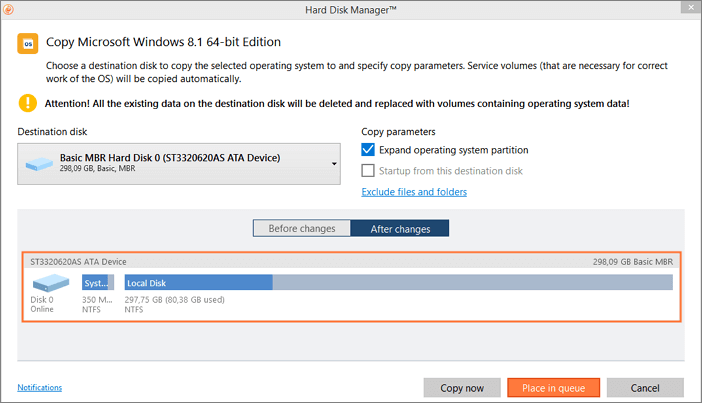

The first few cameras producedīy Microsoft have custom drivers as they were developed during that transition period.

Most desktop video apps use DirectShow to manage the video streaming. Implemented their own custom protocols and implemented custom drivers to convert their custom protocol into Kernel Streaming which DirectShow is built upon. Prior to UVC and during that transition period, many cameras After that, the industry moved toward UVC. The first real decent implementation of UVC in Windows arrived in XP SP2. Since XP SP1 (but it the driver was immature then and didn't support UVC well). If the manufacturer implements the standard, they can have a plug and play experience in all version of Windows USB Video Class (UVC) is a standard USB communications protocol that camera manufacturers use when developing webcams. Curious to know what additional functionality these devices really have over the standardized USB camera spec, deviatingįrom the spec is why these cameras are now paperweights and why they (probably) can't be used on other platforms.Ī bit of background. I have a couple of VX-6000 cameras that were nominally top-of-range when purchased and are now expensive and ineffective paperweights. Go to the following link and search for LifeCam or your particular model to find which models are Windows 8 compatible." For this reason these cameras can only be supported in desktop apps on Windows 8. In Windows 8, Store appsĪre not permitted to use webcams with custom kernel drivers. sys file indicating that they have a custom kernel driver. You can see this in the device details from Device Manager. "VX-1000, VX-3000, and VX-6000 cameras use a custom video streaming driver. The Windows 7 drivers allow desktop apps to access the camera, but not Modern UI apps.


 0 kommentar(er)
0 kommentar(er)
